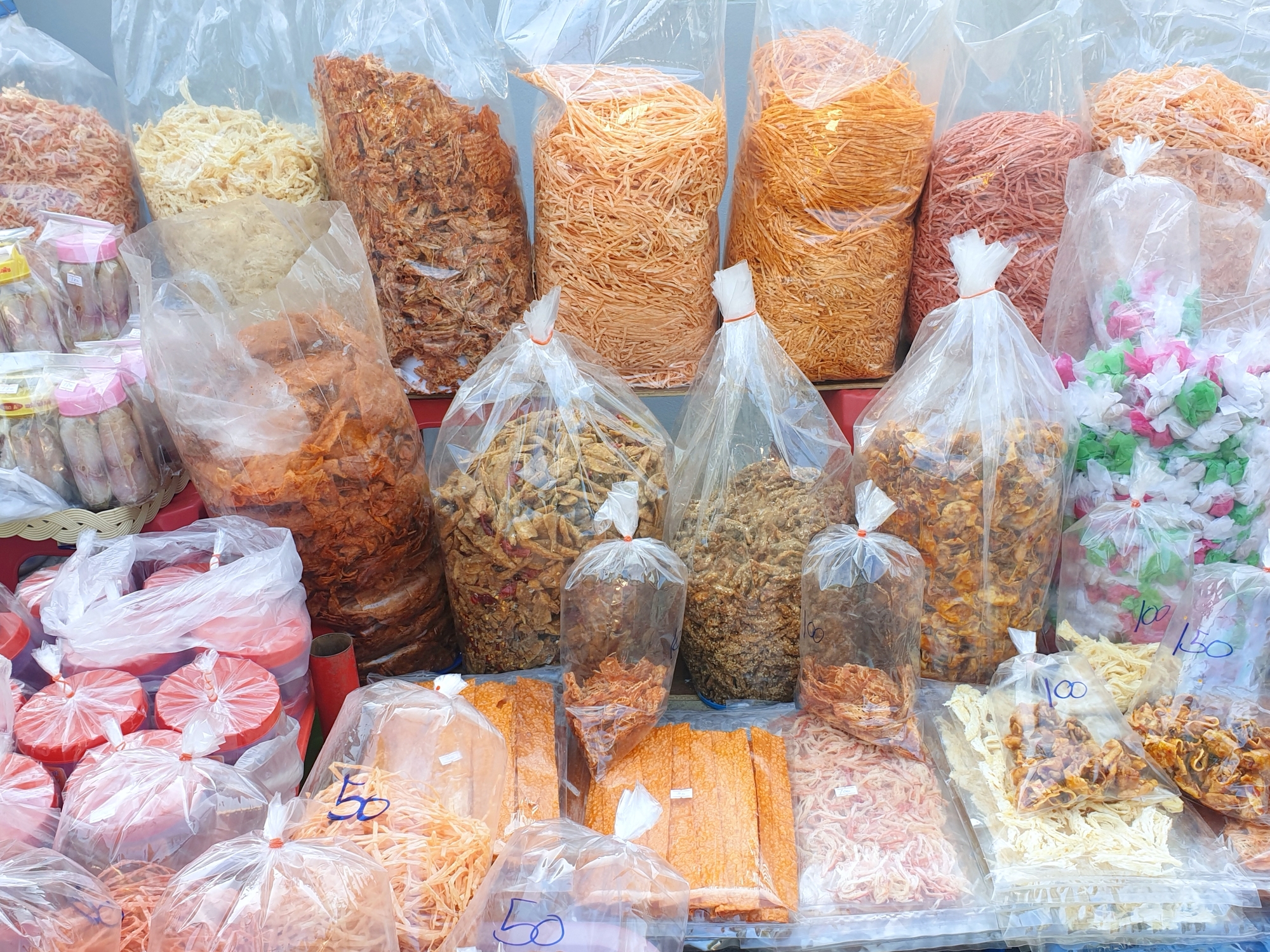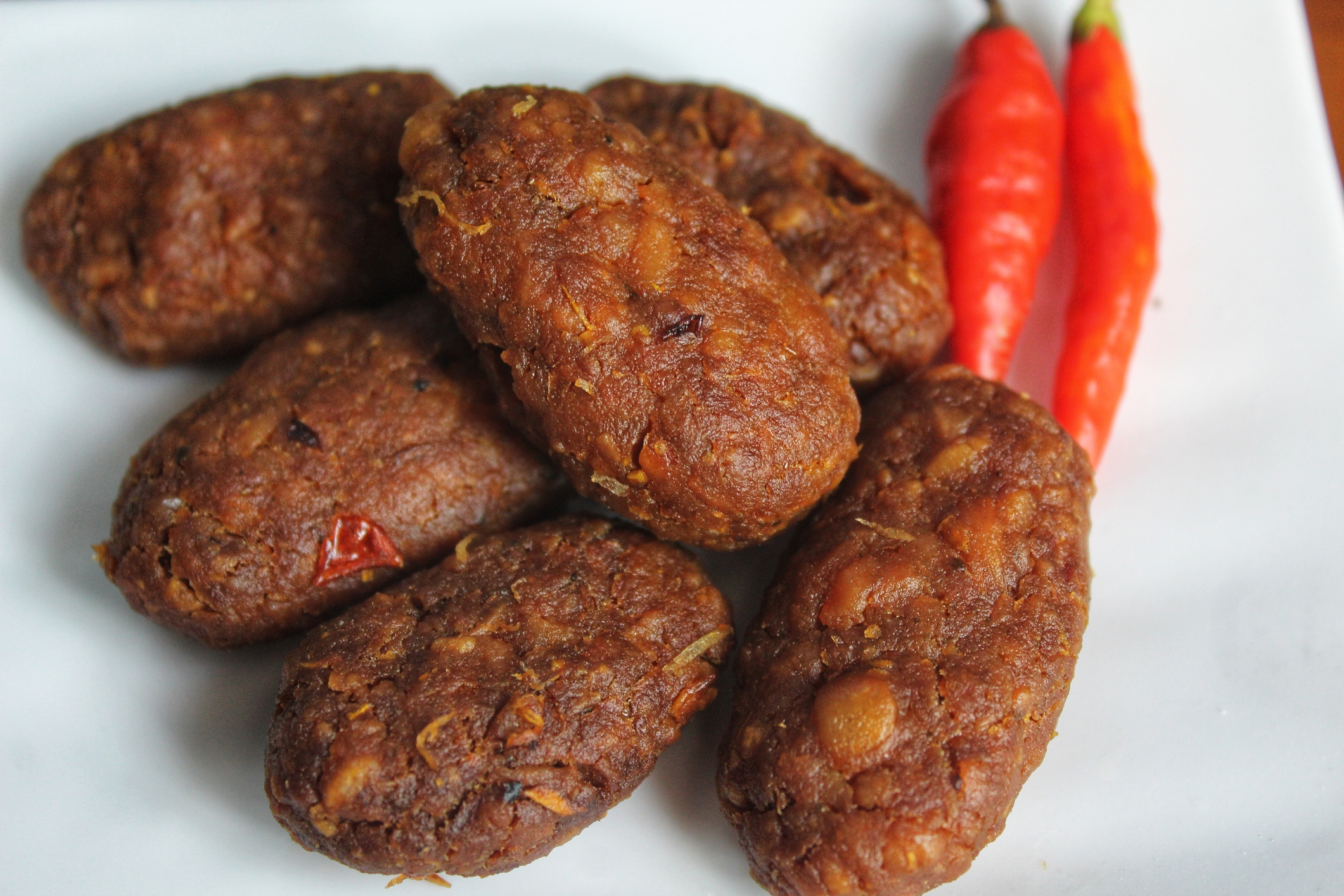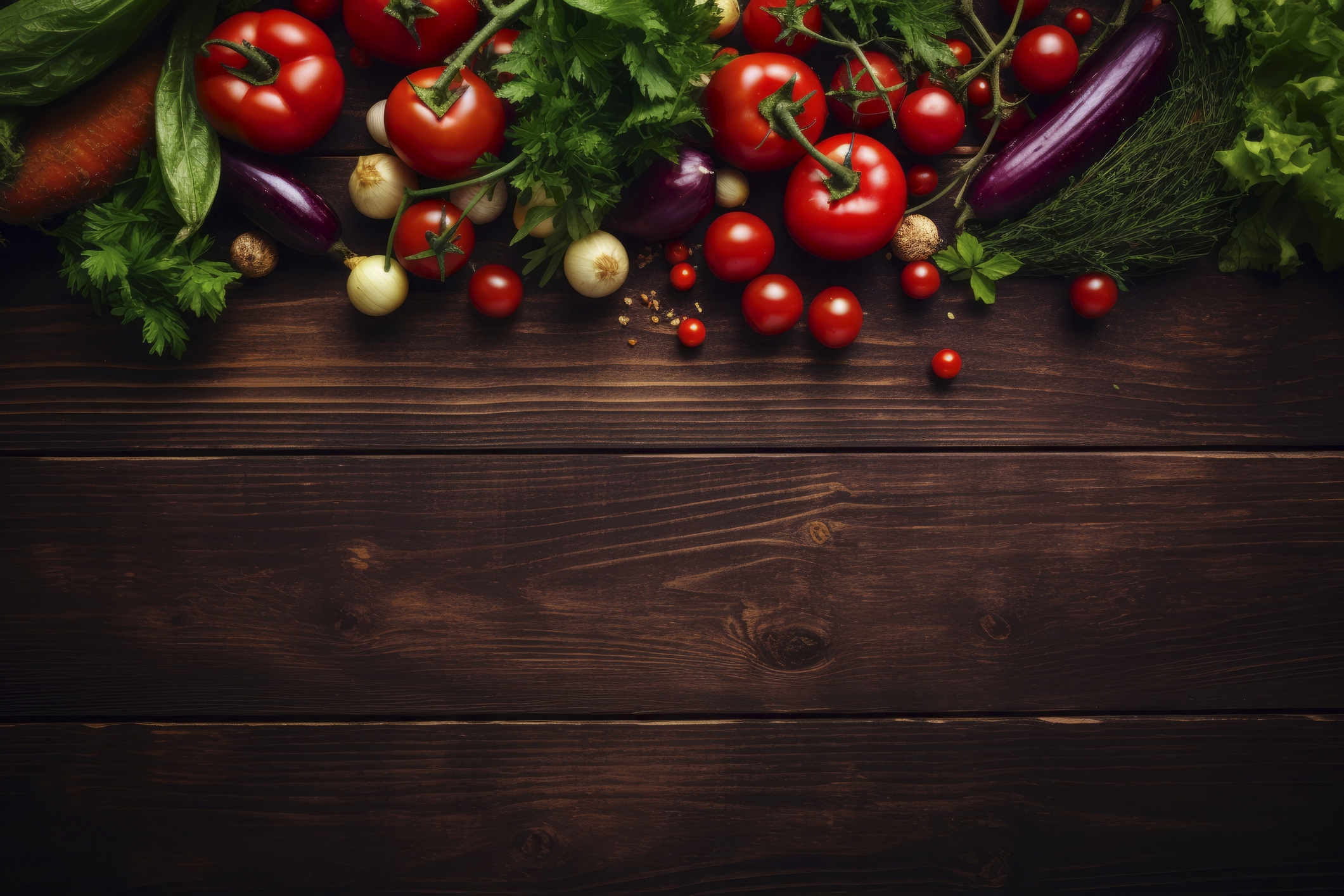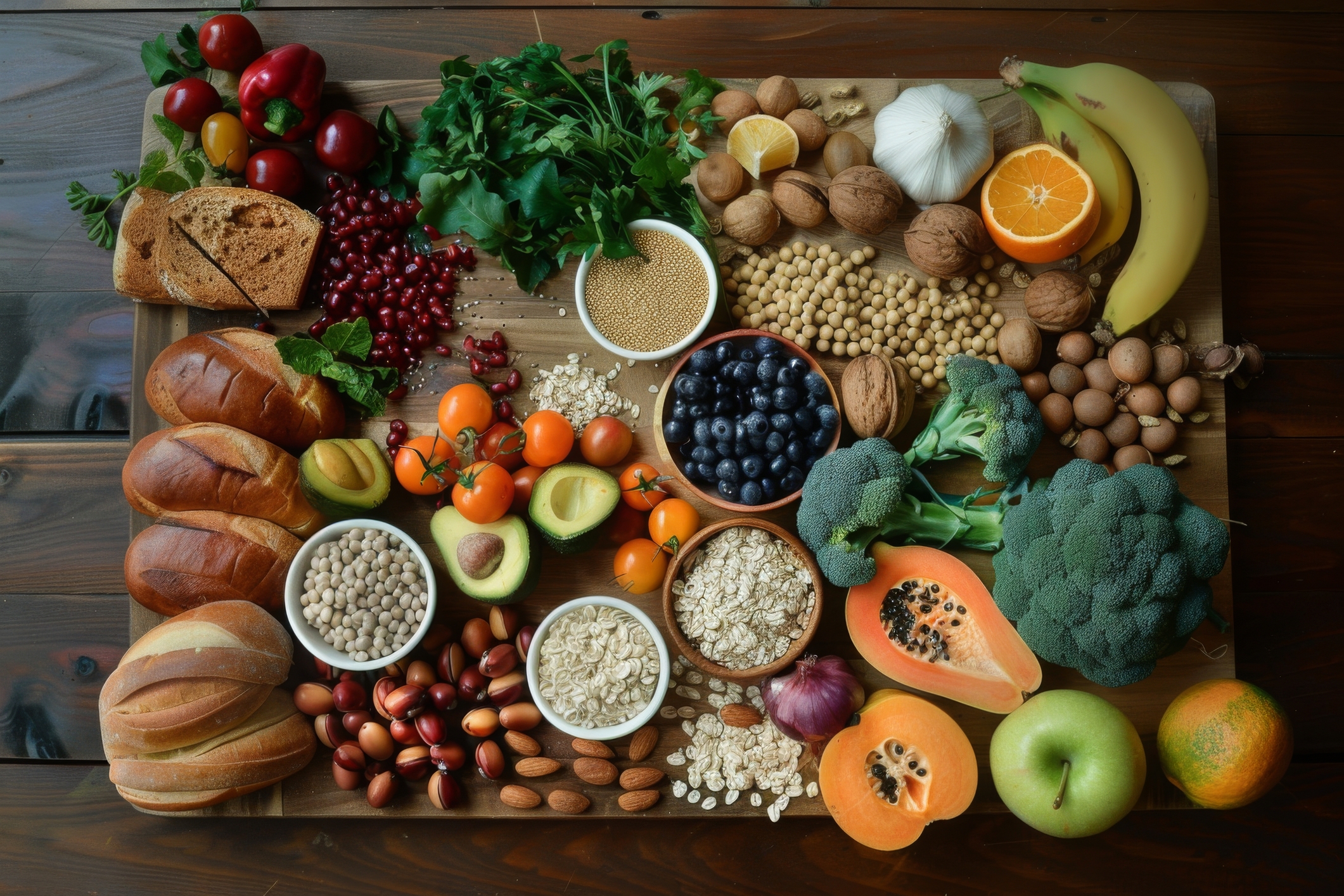Mastering a Healthier You: Five Ingenious Ways to Achieve Sodium Balance without a Hitch
We embark on our journey towards a healthier self by first becoming aware of the sodium content we consume in our meals. The recommended daily threshold is about 2,300 milligrams, which equals roughly one teaspoon of salt. However, it's crucial to realize that sodium doesn't come exclusively from table salt; it's also ingrained in various common foods like bread, cold cuts, and canned goods. Awareness about these hidden sources is the first step towards maintaining the sodium balance.
Educate yourself about the sodium content of foods you frequently consume by reading the nutritional labels and thus making conscious choices. Avoid or limit foods with high sodium content and take steps to replace them with healthier alternatives. Consider using a sodium-tracking app to keep a check on daily intake.
Steering Towards Unprocessed Foods

Shifting towards a diet centered around whole, unprocessed foods is an effective strategy to control sodium intake. Packaged and processed foods harbor exceptional amounts of hidden sodium. This section emphasizes the need to consume foods that are fresh and haven't been canned, frozen or boxed.
Incorporate more fruits, vegetables, lean meats, grains, and dairy into your meals. These foods are naturally low in sodium and packed with essential nutrients. It's about promoting the essence of 'clean eating'. This diet change can make a significant impact on your daily sodium intake.
Clever Cooking with Herbs and Spices

Fostering low-sodium culinary creativity can incredibly transform your meals. Many individuals use salt as an easy route to flavor dishes, but there is a world of spices and herbs waiting to be discovered and utilized. This slide unpacks the power of employing fresh or dried herbs, spices, and natural flavor enhancers to decrease salt usage.
You could try creating mixtures of herbs and spices to season your meals. Also, citrus juices, garlic, onions, and vinegar are some low-sodium flavor amplifiers to experiment with. Such tactics to bring flavor without sodium can revolutionize our way of cooking.
Dining Out Smartly

Just because you're citing sodium control as a priority doesn't mean you have to relinquish the delight of dining out. Dining out is a different playing field for sodium intake, with a lack of control over meal preparation. Nevertheless, strategies exist to manage sodium while eating out.
Selecting dishes that are grilled, steamed, or baked over fried ones can help minimize sodium. Similarly, asking for dressings and sauces on the side enables better control over sodium content. Being mindful and asking relevant questions from the restaurant staff can make dining out a healthier experience.
Regular Physical Activity

Regular physical activity should not be overlooked in the quest to achieve a sodium balance. Sweat loss during exercise can effectively help maintain the body's sodium balance. Offsetting an unhealthy diet's effect, exercise also helps to keep blood pressure levels in check.
Daily moderate to intense physical activity is recommended. Whether it's walking, jogging, swimming, or cycling, find a physical activity that you enjoy and can regularly partake in. This combination of physical activity with a low-sodium diet can effectively regulate the body's sodium levels.
Consistent Hydration

Lastly, maintaining proper hydration is another effective strategy for managing sodium balance. Consuming adequate amounts of water aids in flushing out excess sodium from the body, playing a contributing role in balancing sodium levels.
Aiming for at least eight glasses of water per day is advisable. Remember, this could vary based on individual needs and lifestyle factors, e.g., physical activity levels, weather conditions, etc. Making water your primary beverage, in preference to sugar-laden drinks, can complement your efforts to achieve sodium balance.